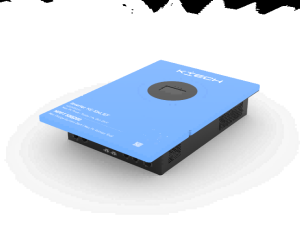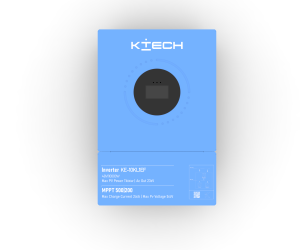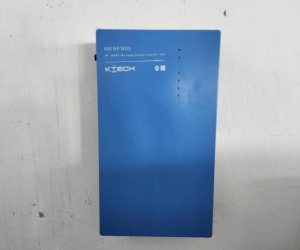马上注册,结交更多好友,享用更多功能,让你轻松玩转社区。
您需要 登录 才可以下载或查看,没有账号?Register
×
Inverters are essential devices in various power conversion applications, but they can introduce harmonics into the power system, which may cause several problems such as power quality degradation, increased losses, and interference with other electrical equipment. Therefore, harmonic suppression techniques for inverters are of great significance. Here are some commonly used methods: 1. Pulse Width Modulation (PWM) Techniques PWM is a widely used method to control the output voltage of an inverter. By varying the width of the pulses applied to the power switches in the inverter, the average voltage can be adjusted. In the context of harmonic suppression, advanced PWM strategies such as sinusoidal PWM (SPWM) and space vector PWM (SVPWM) are employed. These techniques can effectively reduce the harmonic content in the output waveform. SPWM aims to approximate a sinusoidal waveform by modulating the pulse width, while SVPWM offers better utilization of the DC bus voltage and further improves the waveform quality, resulting in lower harmonic distortion. 2. Filtering Methods Passive Filters: Passive filters are composed of inductors, capacitors, and resistors. They are designed to form a resonant circuit at the harmonic frequencies. When the harmonics flow through the filter, the inductors and capacitors react in a way that provides a low impedance path for the harmonic currents, diverting them away from the main power system. They are relatively simple and cost effective in reducing specific harmonic frequencies. However, they may have limitations in adaptability and can be bulky and heavy, especially for filtering multiple harmonic orders. Active Filters: Active filters use power electronic devices and control algorithms to actively generate currents that are equal in magnitude but opposite in phase to the harmonic currents in the power system. By injecting these compensating currents, the net harmonic current is reduced to a negligible level. They offer better dynamic performance and can adapt to changes in the harmonic content. Active filters can be designed to target specific harmonic frequencies or provide broadband harmonic suppression. They are more flexible and suitable for applications where the harmonic profile is variable or complex.
|  Key Technologies & Challenges of Off-gri1784 views#Default Forum
Key Technologies & Challenges of Off-gri1784 views#Default Forum Market Potential & Future Direction of O1584 views#Default Forum
Market Potential & Future Direction of O1584 views#Default Forum How to Install a Wall-Mounted Inverter1794 views#Default Forum
How to Install a Wall-Mounted Inverter1794 views#Default Forum How to Install a Wall Mount Battery1879 views#Default Forum
How to Install a Wall Mount Battery1879 views#Default Forum